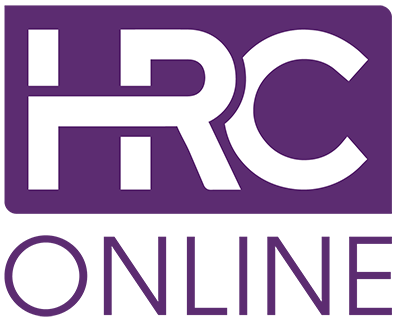
Analysing Competitive Forces Within an Industry
Porter’s Five Forces Model is a strategic framework developed by Michael Porter to analyze the competitive forces within an industry. It helps organizations understand their competitive environment by examining five key forces that influence competition, profitability, and overall industry attractiveness. Let’s explore each aspect of the model, its application in an HR role, and its pros and cons.
- What is Porter’s Five Forces Model:
Porter’s Five Forces Model consists of the following five forces:
- 1. Threat of New Entrants: This force assesses how easy or difficult it is for new companies to enter the industry. Higher barriers to entry, such as significant capital requirements or government regulations, make it less attractive for new entrants.
- 2. Bargaining Power of Suppliers: This force evaluates the power suppliers have over the industry. Strong supplier power can lead to higher costs or reduced quality if suppliers can dictate terms.
- 3. Bargaining Power of Buyers: It assesses the power buyers have to influence the industry. Strong buyer power means customers can demand lower prices or higher quality, affecting profitability.
- 4. Threat of Substitutes: This force examines the availability of substitute products or services. The presence of close substitutes can limit an industry’s profitability.
- 5. Competitive Rivalry: This force looks at the intensity of competition among existing firms within the industry. High rivalry often leads to price wars and reduced profitability.
- How Porter’s Five Forces Model can be used in an HR role:
Scenario: HR Role in Talent Acquisition
Imagine you work in HR and are responsible for talent acquisition. Your organization is considering entering a new market and expanding its operations. Here’s how you can apply Porter’s Five Forces Model:
- Threat of New Entrants: Assess the ease with which your organization can find skilled talent in the new market. If the talent pool is limited or requires extensive training, it may deter new entrants and affect your hiring strategy.
- Bargaining Power of Suppliers: Consider the availability of recruitment agencies or job boards in the new market. A scarcity of suppliers might give these entities significant bargaining power, influencing recruitment costs.
- Bargaining Power of Buyers: Evaluate how competitive the job market is for your industry. If there’s a surplus of qualified candidates, job seekers might have more bargaining power in terms of compensation and benefits.
- Threat of Substitutes: Identify alternative job opportunities for candidates with similar skill sets. If there are many alternative job options, your organization may need to offer more attractive employment packages to secure top talent.
- Competitive Rivalry: Research the competition in the new market. Understanding the number of competing organizations and their talent needs can help you tailor your recruitment and retention strategies.
- Pros and Cons of Porter’s Five Forces Model:
Pros:
- Comprehensive Analysis: The model provides a structured approach to assess the industry’s competitive dynamics comprehensively.
- Strategic Insights: It helps organizations make informed decisions about market entry, pricing, and resource allocation.
- Focus on External Factors: Porter’s model emphasizes external factors that can impact the organization’s competitive position, which can be valuable for strategic planning.
Cons:
- Simplification: Critics argue that the model may oversimplify complex industry dynamics and not account for all relevant factors.
- Static Nature: The model assumes that industry forces remain relatively constant, which may not hold true in rapidly changing markets.
- Limited Focus: It primarily focuses on competition and may not consider broader societal or environmental factors that can affect industries.
In summary, Porter’s Five Forces Model is a valuable tool for HR professionals, especially in strategic decision-making related to market expansion and talent acquisition. However, it’s essential to complement this analysis with a broader understanding of the industry and organizational context to make well-informed HR decisions





